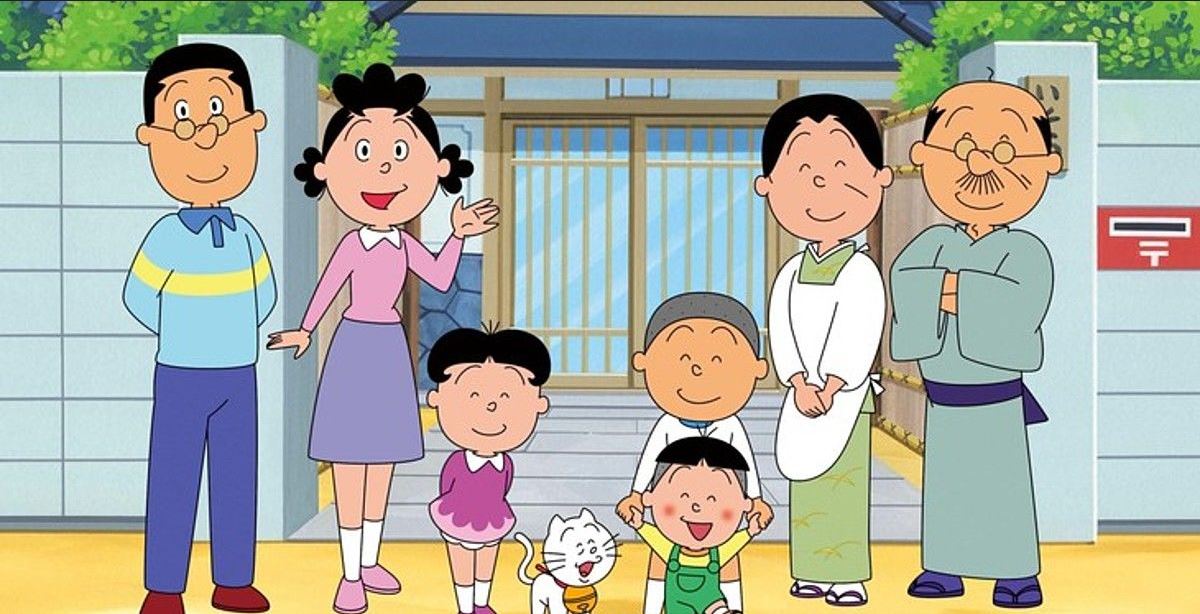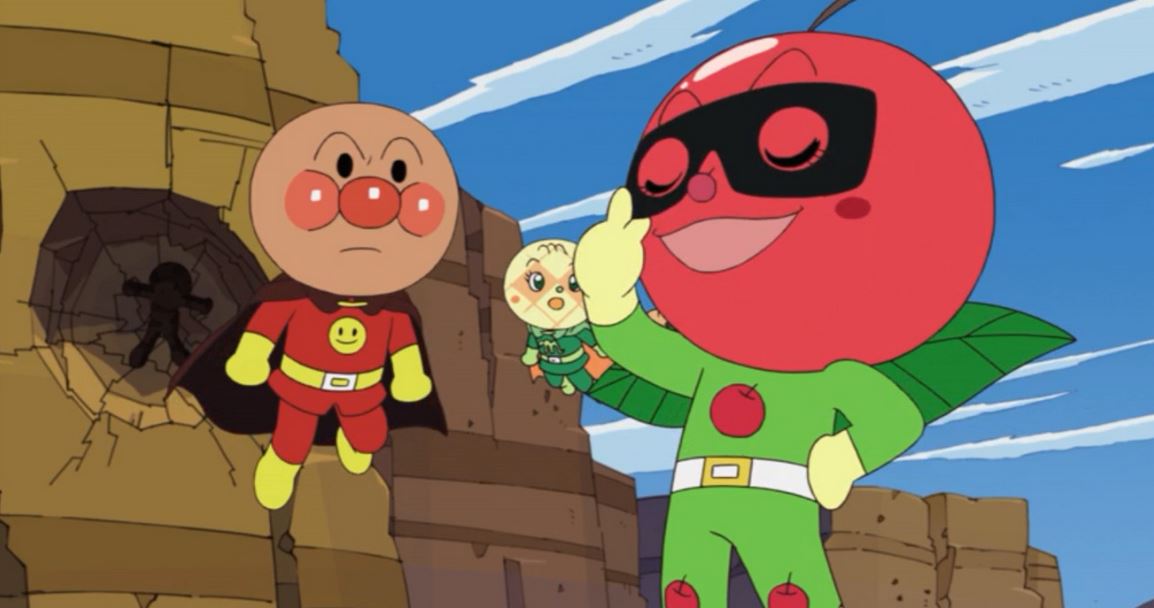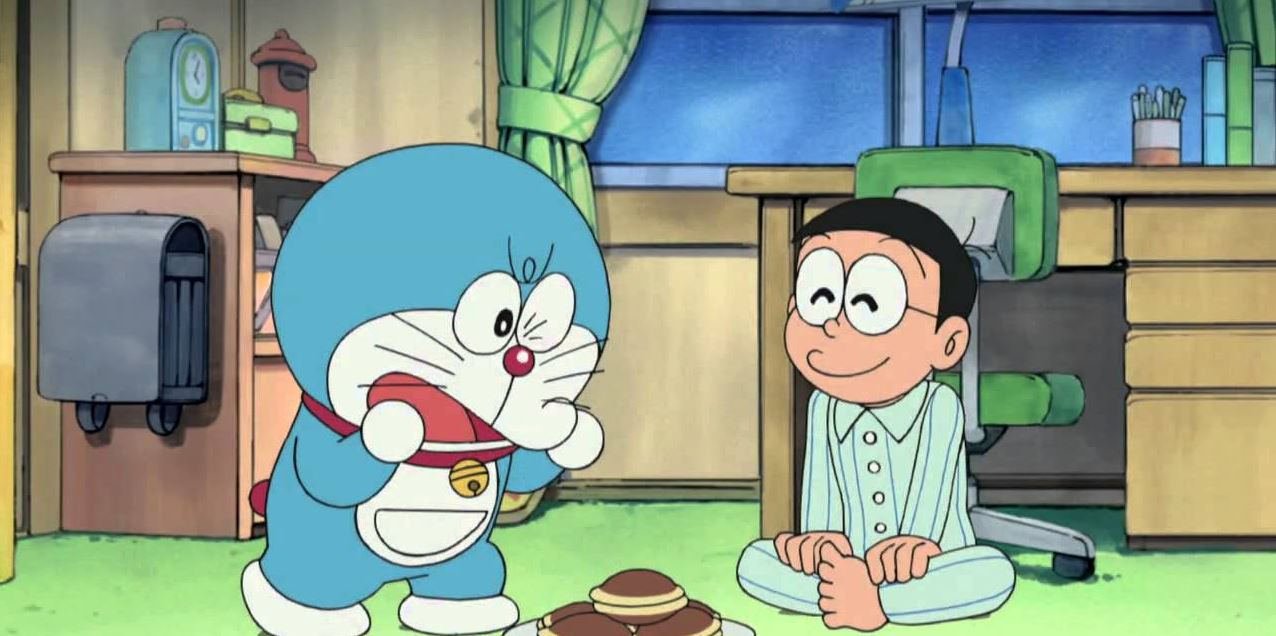As long-running favorites like One Piece and Case Closed (also known as Detective Conan) reach the thousand-episode milestone, viewers wonder at the endurance of such Anime.
These are shows who have been on the air for longer than most of their audience have been alive, amassing episode counts in the hundreds and even thousands, to the point that marathoning only one of these would take weeks, at best.
These shows and franchises are some of the most well-known of all time, notably One Piece, or obscure but still popular, like Crayon Shin-chan, they all share something in common which has kept fans returning for decades and that’s that other Anime come and go, but these have lasted the longest.
Which begs the question, which Anime is the oldest? There are a couple of answers depending on how you define running. Join me as I discuss them.
What is Anime?
Anime is a brand of Japanese animation that blends hand-drawn and computer-generated aspects.
Anime is a diverse medium with extraordinary production techniques that evolved in response to new technologies. Graphic art, characterization, cinematography, and other creative and autonomous techniques are frequently combined. In contrast to Western animation, anime production frequently focuses on setting detail and the use of “camera effects” such as panning, zooming, and angle shots.
Character measurements and characteristics can vary greatly, with huge, expressive eyes being a prevalent differentiating feature.
Anime Characteristics
Anime is distinguished from other genres of animation by its art styles, animation processes, production, and procedure.
Visually, anime works display a diverse range of art styles that vary according to the authors, artists, and companies. While no particular aesthetic style dominates anime, several characteristics such as animation technique and the character design are common.
The use of limited animation, flat expression, time suspension, thematic range, the authenticity of historical figures, its complex narrative line, and, most importantly, a distinct drawing technique distinguish anime, with characters distinguished by large and oval eyes, very defined lines, bright colors, and limited motion of the lips.
Sazae-san
Machiko Hasegawa wrote and illustrated the Japanese yonkoma Manga series Sazae-san. On April 22, 1946, it was originally published in Hasegawa’s local newspaper, the Fukunichi Shinbun.

When the Asahi Shimbun asked Hasegawa to draw a 4-panel comic for their daily, she relocated to Tokyo in 1949, explaining that the major protagonists had also relocated from Kyushu to Tokyo.
On November 30, 1949, the Asahi Shimbun published the first Sazae-san strip. The Manga dealt with ordinary life and current events in Tokyo until Hasegawa retired and completed the series on February 21, 1974, with the final comic released.
The Comics Journal’s (later renamed Eiken) Anime television adaption debuted in Japan in October 1969 and currently holds the Guinness World Record for the world’s oldest running-animated television series.
It has also inspired a radio show, theatrical performances, and songs.
| Written by | Machiko Hasegawa |
| Published by | Asahi Shimbun |
| Original run | 22nd April 1946 – 21th Feb 1974 |
| Volumes | 68 (6,477 comic strips) |
| Magazine | Fukunichi Shinbun Asahi Shimbun, etc. |
Synopsis
Sazae-san, the primary character, is a mother. She shares a home with her spouse, children, and parents.
Sazae-san is the ultimate family program, with classic themes. Consider this show to be the Japanese version of The Partridge Family, and you’ll get a decent sense of its mood.
Expect to see no violence, profanity, kung-fu action, or magical females. The plots are more along the lines of “Today, Sazae-san visits the new mall and gets lost.” Non-Japanese audiences are generally turned off by the “boring” plotlines and basic art, although most Japanese love the show.
As a result, it remains one of the most popular television shows and is one of the few Anime that adults find appropriate.
Soreike! Anpanman

Takashi Yanase’s Anpanman is a Japanese children’s superhero picture book series that ran from 1973 until the author died in 2013.
The series has been converted into an Anime series called Soreike! Anpanman (Let’s Go! Anpanman), and is one of Japan’s most popular Anime series for young children.
The activities of Anpanman, a hero with an anpan, (which is a red bean paste-filled pastry) for a head, who safeguards the earth from an evil sentient germ named Baikinman, are chronicled in the series.
The Anpanman characters are heavily merchandised in Japan, appearing on practically every imaginable children’s product, from clothing, and video games to toys and snack foods.
The sitcom-inspired a short-lived spin-off show starring one of the show’s most popular recurrent characters, Omusubiman. Anpanman surpassed even Hello Kitty as Japan’s most popular figure in 2002, and he continues to be the country’s most popular character as of 2019.
As of February 2019, Anpanman has distributed over 80 million books, and the franchise had produced 4.5 trillion in cumulative retail sales income by 2013. Anpanman inspired the Manga and Anime series One-Punch Man, as well as the K-pop song Anpanman by BTS.
Synopsis
One fateful night, a Star of Life descends into the chimney of a bakery deep in the wilderness, bringing to life the dough in the oven.
Anpanman, a superhero built of anpan, is created from the dough (a sweet roll with bean jam filling). Anpanman fights his opponent Baikinman and aids the malnourished with the help of his companions.
Yeah, that’s it, that’s the plot. It doesn’t have any deep lore or plot twists like Attack on Titan, but it’s straightforward, and that’s why it’s so popular.
Although the plot of one of the longest-running Anime may appear basic and childish, it works, as evidenced by its huge popularity.
Doraemon

Doraemon is a Japanese Manga series created by Fujiko F. Fujio and illustrated by her. The Manga’s 1,345 individual chapters were bundled into 45 tankobon volumes and released by Shogakukan between 1970-1996.
Doraemon was very well received by critics and quickly became popular in many Asian nations, including areas like Malaysia, India, Bangladesh, and Pakistan. It received a slew of honors, such as the Japan Cartoonists Association Medal in 1973-1994 consecutively, the Shogakukan Manga Award for children’s Manga in 1982, and the Tezuka Osamu Cultural Prize in 1997.
It has sold over 250 million copies globally as of 2019, making it among the best-selling Manga series of all time. Doraemon is also one of the most successful media properties of all time, with the animated feature series having the most admissions in Japan.
Doraemon has become a cultural icon in Japan, and the country’s Foreign Ministry appointed him as the country’s first Anime Ambassador in 2008.
Synopsis
Nobita Nobi is so incompetent that, in the twentieth century his descendants are still impoverished as a consequence of his folly.
To improve their social standing, their servant, a robotic cat named Doraemon, chooses to travel back in time and help Nobita down the right path.
Doraemon, a malfunctioning robot that the family obtained by mistake (but elected to retain), isn’t faring much better than Nobita. The robot takes Nobita on numerous adventures, and while Nobita’s life is undoubtedly more entertaining than the robotic cat from the future, it’s debatable if it’s better in the way Doraemon intended.
Conclusion
- Machiko Hasegawa wrote and illustrated the Japanese yonkoma Manga series Sazae-san. On April 22, 1946, it was originally published in Hasegawa’s local newspaper, the Fukunichi Shinbun.
- Sazae-san is the ultimate family program, with classic themes. Consider this show to be the Japanese version of The Partridge Family, and you’ll get a decent sense of its mood.
- Takashi Yanase’s Anpanman is a Japanese children’s superhero picture book series that ran from 1973 until the author died in 2013. The series has been converted into an Anime series called Soreike! Anpanman (Let’s Go! Anpanman), is one of Japan’s most popular Anime series for young children.
- Anpanman, a superhero built of anpan, is created from the dough (a sweet roll with bean jam filling). Anpanman fights his opponent Baikinman and aids the malnourished with the help of his companions.
- Doraemon is a Japanese Manga series created by Fujiko F. Fujio and illustrated by her. The Manga’s 1,345 individual chapters were bundled into 45 tankobon volumes and released by Shogakukan between 1970-1996.
- Nobita Nobi is so incompetent that, in the twentieth century his descendants are still impoverished as a consequence of his folly. To improve their social standing, their servant, a robotic cat named Doraemon, chooses to travel back in time and help Nobita down the right path.
Other Articles
- What Are The 5 Anime Genres? (Classification)
- Favorite Anime Of All Time (Nostalgic Memories)
- Binge-Worthy Anime Series with 12 Episodes
Click here to view the visual Story version of this article.